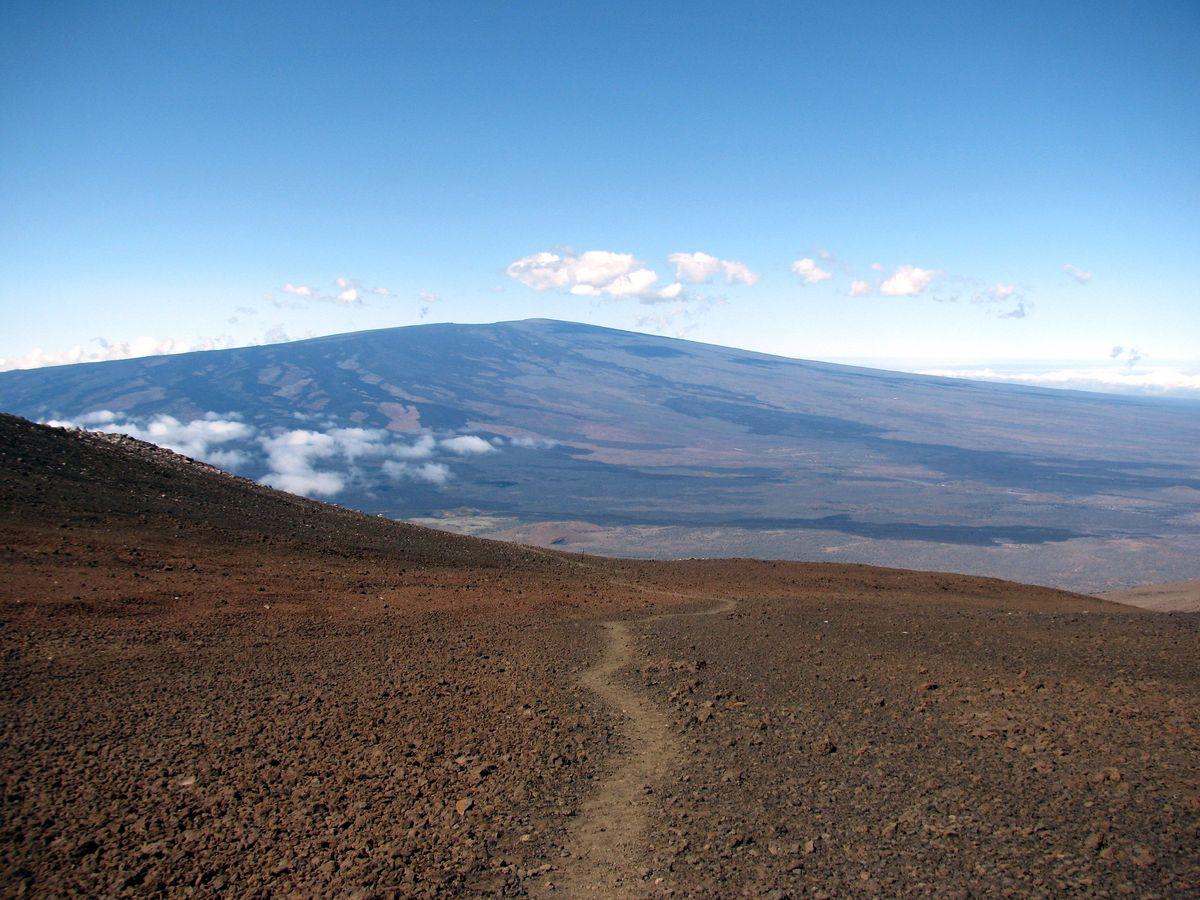

Proc R Soc London, Ser A 329:299–326įlannigan VJ, Long CL (1987) Aeromagnetic and near-surface electrical expression of the Kilauea and Mauna Loa volcanic rift systems. Contrib Mineral Petrol 84:390–405įiske RS, Jackson ED (1972) Orientation and growth of Hawaiian volcanic rifts - the effects of regional structure and gravitational stresses. The transition from tholeiitic to alkalic volcanism on Kohala Volcano, Hawaii. Am J Sci 262:145–198įeigenson MD, Hofmann AW, Spera FJ (1983) Case studies on the origin of Basalt: II. PhD Thesis, Univ Washington, Seattle, pp 1–349Įvernden JF, Savage DE, Curtin GH, James GT (1964) Potassium-argon dates and the Cenozoic mammalian chronology of North America. Bull Volcanol 46:45–53Įndo ET (1985) Seismotectonic framework for the southeast flank of Mauna Loa volcano, Hawaii. US Geol Surv Prof Paper 1350:243–260Įaston RM, Lockwood JP (1983) “Surface-fed dikes”: The origin of some unusual dikes along the Hilina fault zone, Kilauea Volcano, Hawaii. J Volc Geother Res 12:147–160Įaston RM (1987) Stratigraphy of Kilauea Volcano. Science 161:1132–1135ĭuffield WA, Stieltjes L, Varet J (1982) Huge landslide blocks in the growth of Piton de la Fournaise, La Réunion, and Kilauea Volcano, Hawaii. WH Freeman Co, San Francisco, p 1–258ĭalrymple GB, Moore JG (1968) Argon-40: Excess in submarine pillow Basalts from Kilauea Volcano, Hawaii. Geo Soc Am Bull 82:1997–2000ĭalrymple GB, Lanphere MA (1969) Potassium-Argon Dating.

US Geol Surv Prof Paper 1350:5–54ĭalrymple GB (1971) Potassium-argon ages from the Pololu Volcanic Series, Kohala Volcano, Hawaii. Geochim Cosmochim Acta 49:67–87Ĭlague D, Dalrymple GB (1987) The Hawaiian-Emperor volcanic chain: Part I. Subaerial presence of the Ninole Basalt documents that the southern part of Hawaii Island had grown to much of its present size above sea level by 0.1–0.2 Ma, and places significant limits on subsequent enlargement of the south flank of Mauna Loa.īudahn JR, Schmitt RA (1985) Petrogenetic modeling of Hawaiian tholeiitic Basalts: a geochemical approach. Landslide-induced depressurization of the southwest rift zone may also have induced phreatomagmatic eruptions that could have deposited widespread Basaltic ash that overlies the Ninole Basalt. Deep canyons in the Ninole Hills, eroded after massive landslide failure of flanks of the southwest rift zone, have been preserved from burial by younger lava due to westward migration of the rift zone. Originally considered the remnants of a separate volcano, the Ninole Hills are here interpreted as faulted remnants of the old south flank of Mauna Loa. New K-Ar whole-rock ages, from relatively fresh roadcut samples, suggest that the age of the Ninole Basalt is approximately 0.1–0.2 Ma, although resolution is poor because of low contents of K and radiogenic Ar. Although the tholeiitic Ninole Basalt differs from historic lavas of Mauna Loa volcano in most major-element contents (e.g., variably lower K, Na, Si higher Al, Fe, Ti, Ca), REE and other relatively immobile minor elements are similar to historic and prehistoric Mauna Loa lavas, and the present major-element differences are mainly due to incipient weathering in the tropical environment. National Park Service).Lava flows of the Ninole Basalt, the oldest rocks exposed on the south side of the island of Hawaii, provide age and compositional constraints on the evolution of Mauna Loa volcano and the southeastward age progression of Hawaiian volcanism. Simplified table of Mauna Loa historical activity modified from Lockwood and Lipman (1987). Geology of Hawai’i volcanoes National Park. A Hawaiian Petrel (‘ua’u) resting in a grassy field.


 0 kommentar(er)
0 kommentar(er)
